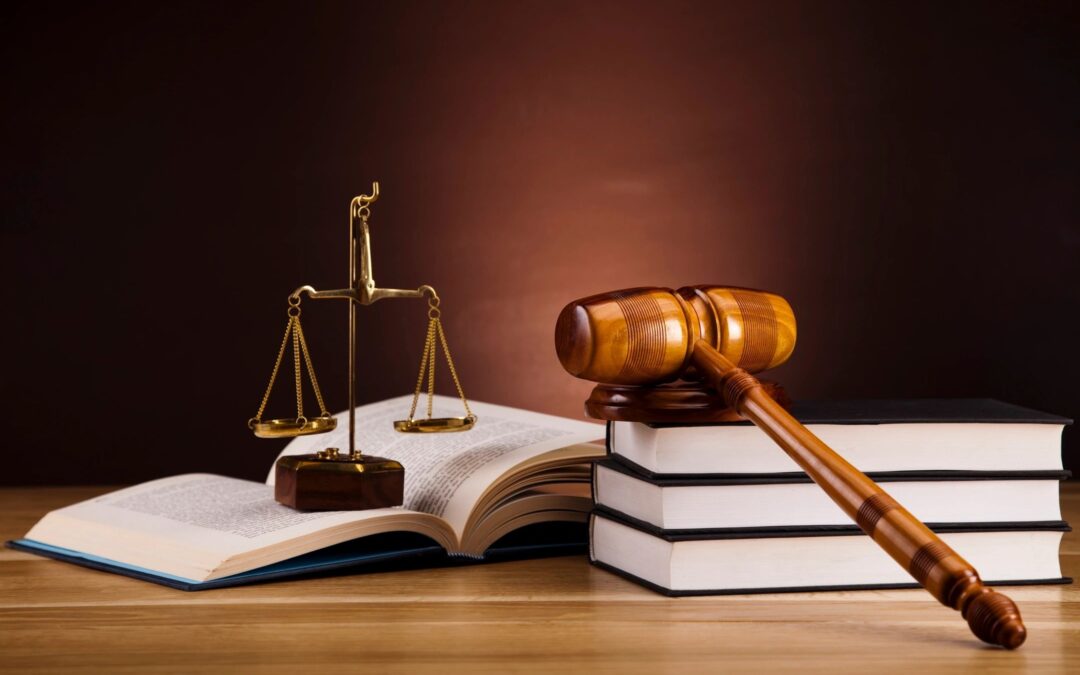By Zac Hardy and Matt Johnson –
Kroy IP Holdings, LLC sued Groupon, Inc., alleging infringement of 13 claims of U.S. Patent No. 6,061,660 (“’660 patent’), which relates to incentive programs over computer networks. Those claims were invalidated via successful IPR petitions. After the deadline for filing IPR petitions had passed, Kroy amended its complaint and alleged infringement of another 14 claims that were “immaterially different [from the 13 invalidated claims] for [the] purposes of invalidity.” The district court dismissed the case and held that the prior IPRs collaterally estopped Kroy from alleging infringement of the 14 immaterially different claims. The Federal Circuit reversed and remanded because IPR proceedings apply a “preponderance of the evidence” legal standard for invalidity, which is lower than the “clear and convincing evidence” standard used by district courts.
Kroy is consistent with the Federal Circuit’s recent decision in ParkerVision, Inc. v. Qualcomm Inc., 116 F.4th 1345 (Fed. Cir. 2024), which also reversed a district court’s application of collateral estoppel based on an IPR. In ParkerVision, the Federal Circuit distinguished between invalidated claims, which “no longer exist[],” and all other claims, which “remain presumptively valid,” even if they are immaterially different from invalidated claims.
Thus, Kroy’s 14 immaterially different claims remained presumptively valid, and Kroy was not collaterally estopped from asserting them because, under Grogan v. Garner, 498 U.S. 279 (1991), a prior judgment rendered under a preponderance of the evidence standard cannot be given collateral estoppel effect in a subsequent matter that is litigated under a clear and convincing evidence standard.

